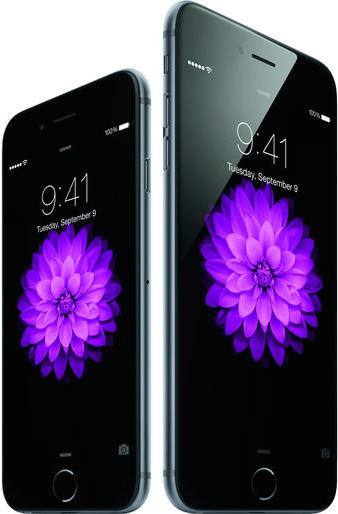 Two years ago I walked into my Chair’s office and shared an idea with her about two travel classes I had in mind. One was to Brazil to study the differences between the US and Brazil when it came to social media use. Brazil is has a profoundly social culture (read this) and I was curious to vet the differences. My other goal was to travel Japan to study the differences in smartphone usage between the two cultures. “Why Japan?†she asked and I explained that Japan had been a mobile phone culture for the past 20 years. I wanted to see what the differences were in how Japan developed and we are developing. She liked both ideas and we talked about how it could work.
Two years ago I walked into my Chair’s office and shared an idea with her about two travel classes I had in mind. One was to Brazil to study the differences between the US and Brazil when it came to social media use. Brazil is has a profoundly social culture (read this) and I was curious to vet the differences. My other goal was to travel Japan to study the differences in smartphone usage between the two cultures. “Why Japan?†she asked and I explained that Japan had been a mobile phone culture for the past 20 years. I wanted to see what the differences were in how Japan developed and we are developing. She liked both ideas and we talked about how it could work.
Fast forward to May 2014. My Chair told me there was an opportunity to partner with Doshisha University in Kyoto. I’d waited two years and now was my opportunity. But I couldn’t teach my standard mobile marketing class. This had to be a new class and in this case, 100% focused on the consumers and how they use their mobile devices.
I decided to utilize the immense body of work around consumer behavior and then factor in the impact that mobile was having on those behaviors. Mobile consumer behavior seemed like a natural extension and I soon had a syllabus ready. While working through my material. I came up with the following equation to summarize what I believed mobile consumer behavior to be.
Psychology + Culture + Capability = Mobile Consumer Behavior.
The first two elements are self-explanatory. Capability referred to our newfound ability to connect to anything/anywhere/anytime.
The first half of the class would focus on defining the mobile ecosystem as it related to consumers and the second half would be focused on Japan. Required readings for the course were The Age of Context and Japan: Understanding and Dealing with the New Japanese way of Doing Business! Along the way students would also be encouraged to contribute to a Flipboard Magazine focusing on Mobile Consumer Behavior + Japan. This magazine would act as a repository of information that we could later use to review to help understand the differences between behaviors. It’s not enough to highlight the differences. That’s actually fairly easy. The goal was to get to the why? What were the differences and why did they exist?
The class would meet twice a week for 10 weeks and then we would travel to Japan for 12 days. I was excited to experience a culture I knew so little about.